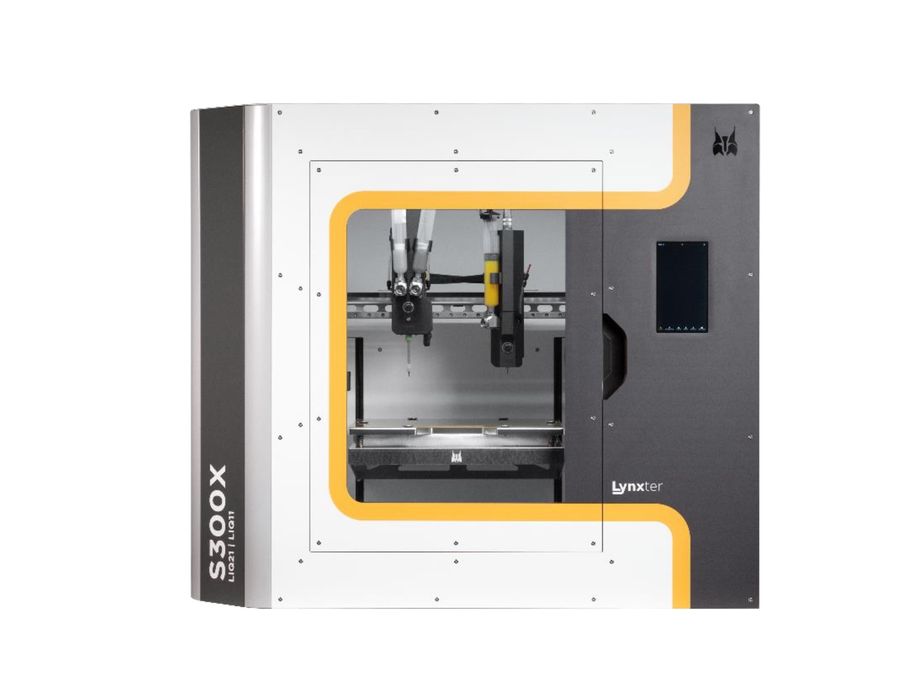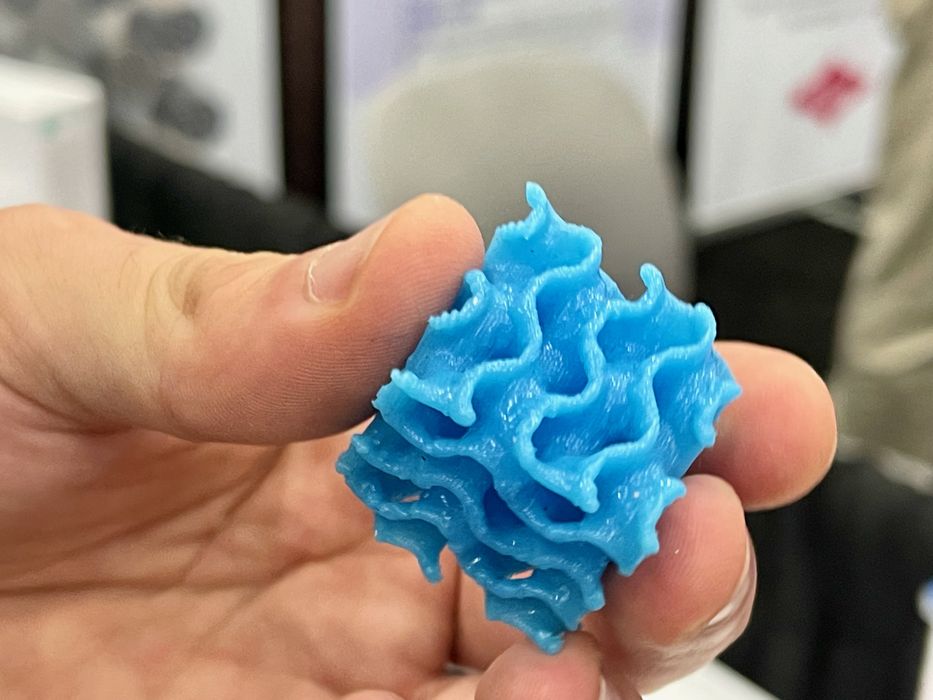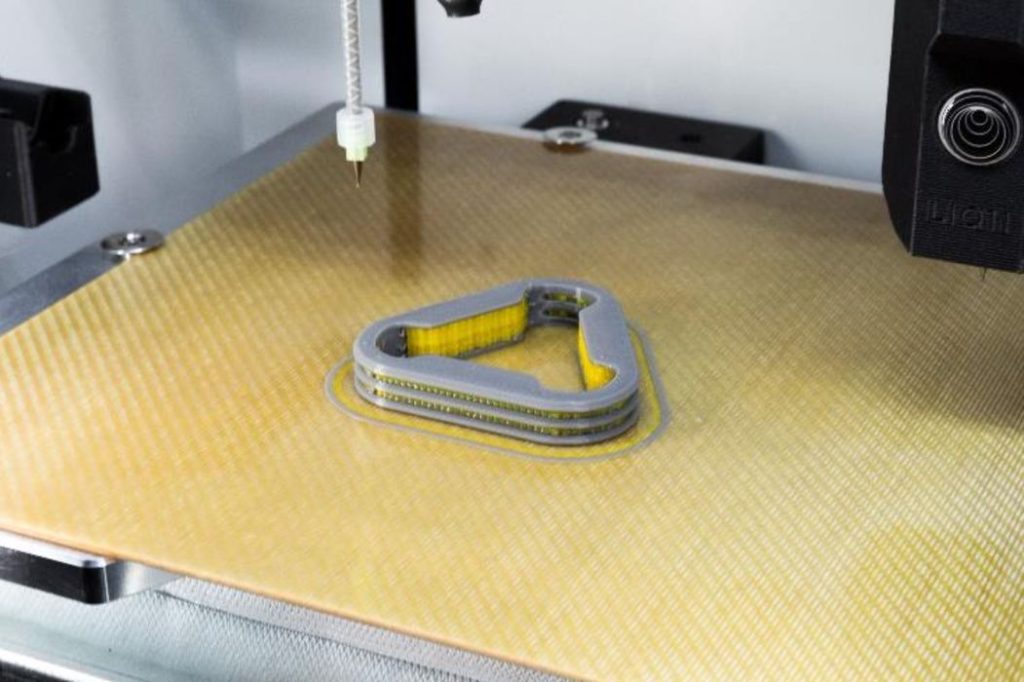
Lynxter announced a new 3D printer dedicated to silicone material.
Silicone is a somewhat rare material in the 3D print world, with only a few companies producing equipment suitable to print with it. One of those companies is Lynxter.
The French company has been developing a series of advanced delta-style 3D printers for industry for several years. Most recently they announced a new direct drive extruder, the FIL21, designed to fit into their existing machines.
Aside from the FIL21, the company’s suite of extruders includes the LIQ11 and LIQ21, both of which are designed to extrude silicone. Specifically, they have certified Silicone RTV 34 ShoreA (LIQ11), Silicone RTV1 57 ShoreA (LIQ11), Silicone RTV2 40 ShoreA (LIQ21), Silicone RTV2 25 ShoreA (LIQ21).

I saw a test silicone 3D print made with these extruders earlier this year, and was impressed with the detail and complexity of the print. Normally silicone 3D prints are simple structures that mimic typical gaskets, but this was definitely not the case here.
Now the company has announced a new 3D printer, the S300X, which is dedicated to silicone material.
No doubt they’ve re-using the technology previously developed for the LIQ11 and LIQ21 extruders, but there is quite a surprise with the S300X: it is an IDEX machine.
“IDEX”, or “Independent Dual EXtruders” means the device has two different extruders/nozzles that can move independently from each other.
This means the S300X is capable of 3D printing two materials within the same build job. But what material would you want to 3D print with silicone?
The answer is shocking: SUPPORT MATERIAL.

Lynxter is able to 3D print a soluble support material that is compatible with silicone in the S300X.
This means that the S300X is fully capable of 3D printing incredibly complex geometries made of silicone. Once 3D printed, the fresh prints are simply placed in a solvent where the support material dissolves without human intervention. Fine structures, overhangs and inner support structures are all now possible.
I am unaware of other silicone 3D printers that offer this capability, suggesting that Lynxter could now be the leader among silicone 3D printing options.
One big challenge facing Lynxter, however, will be educating clients and prospects. Existing silicone part producers may not yet understand the potential of highly complex parts.
This same barrier has appeared in other industries when faced with new production technology: initially they make the same parts they always have made, not leveraging the technology’s potential. Over the course of some years, certain industries have finally figured out that they can indeed create radically new part designs that can benefit their clients.
It may be that Lynxter may have to help them along that path.
Via Lynxter
